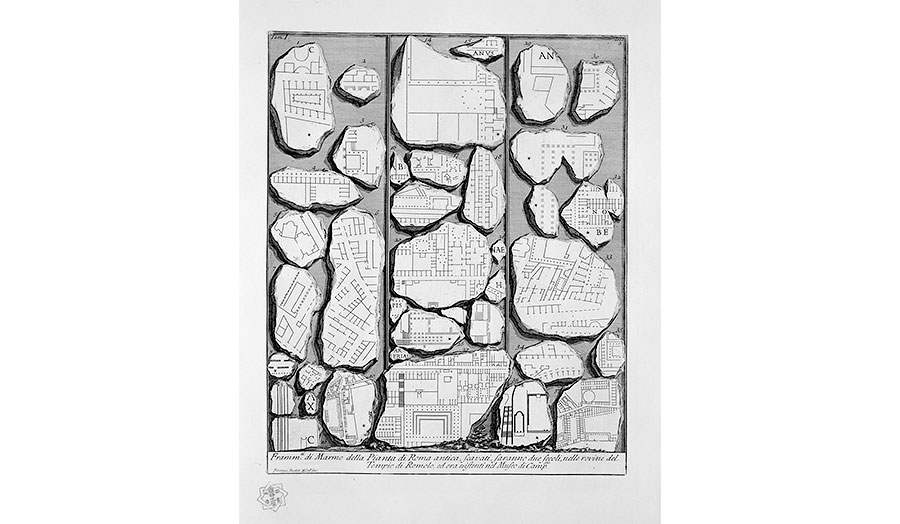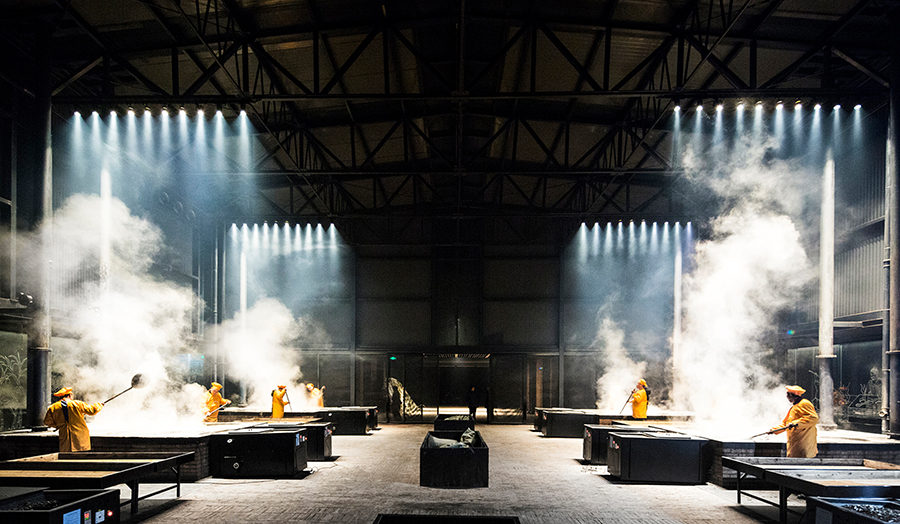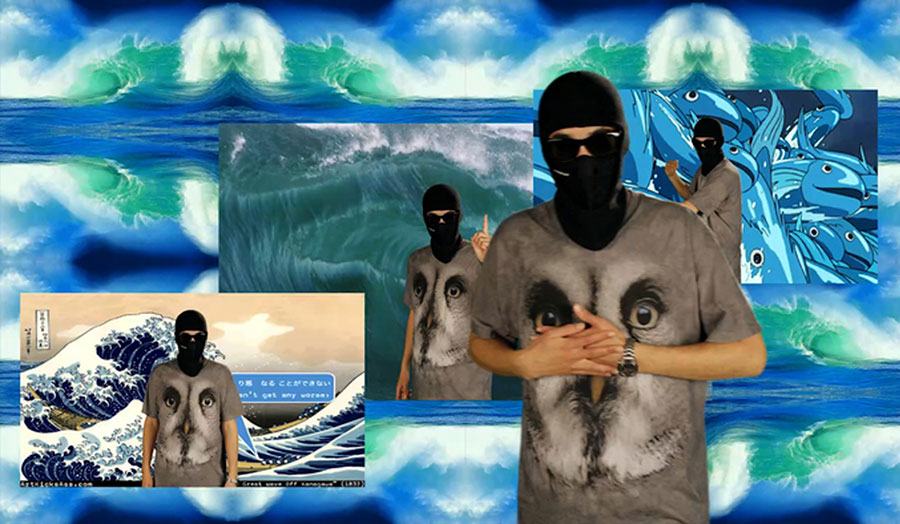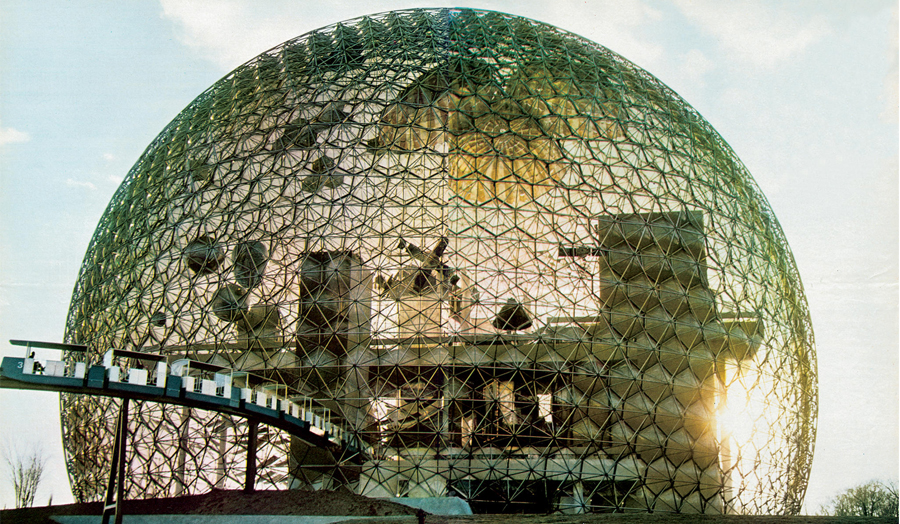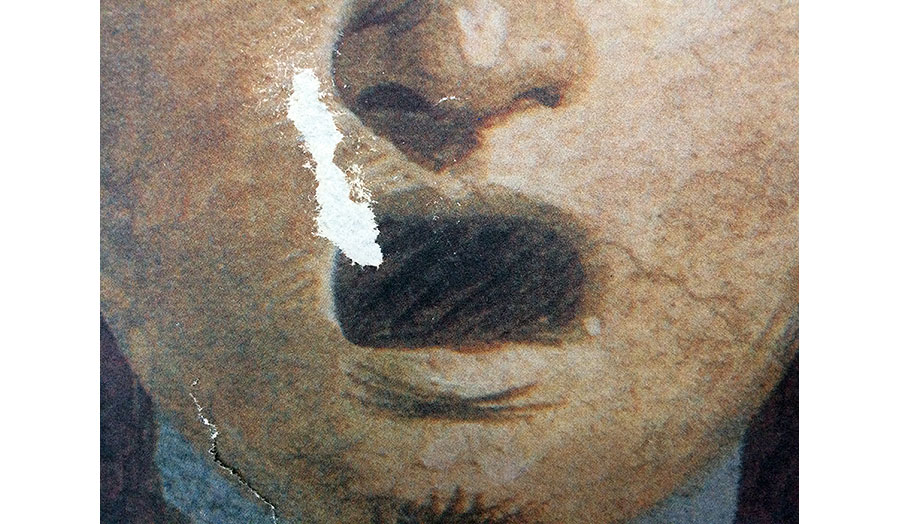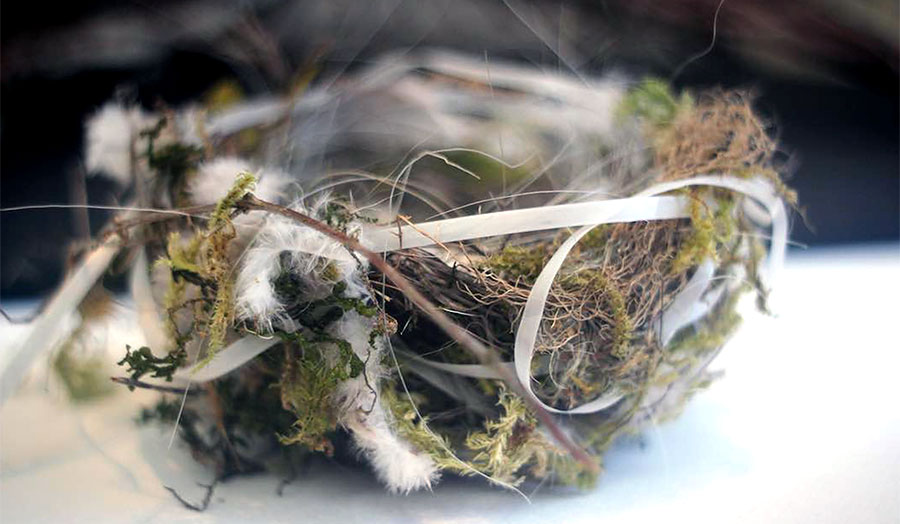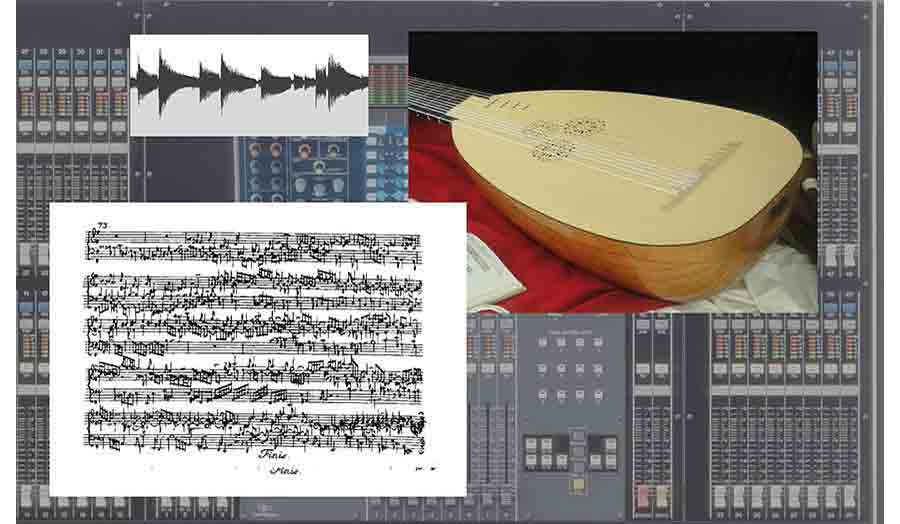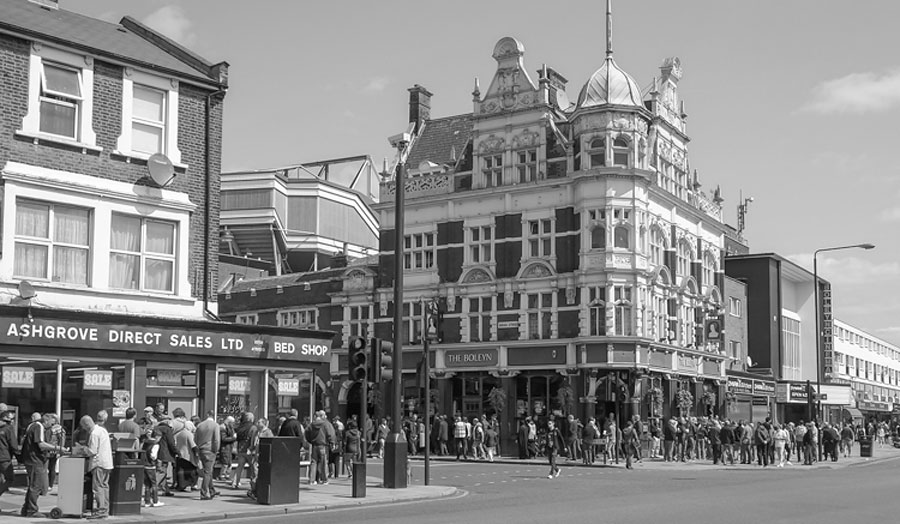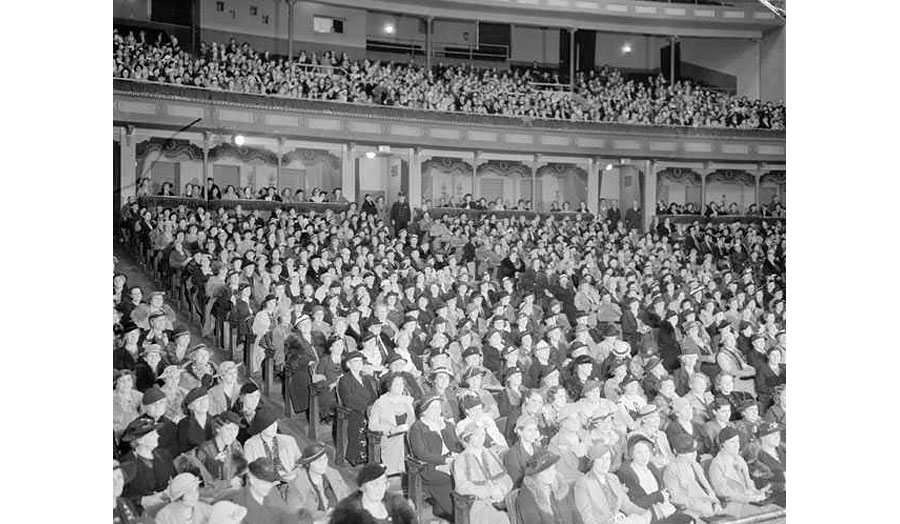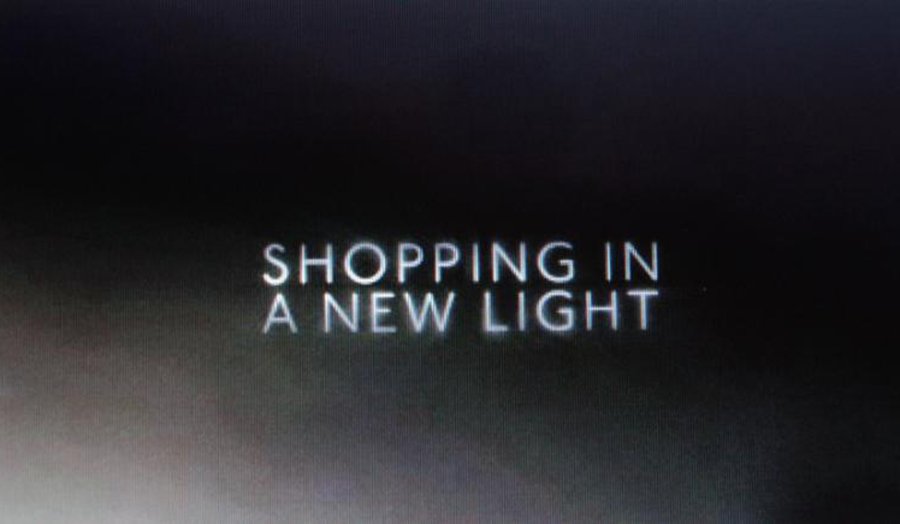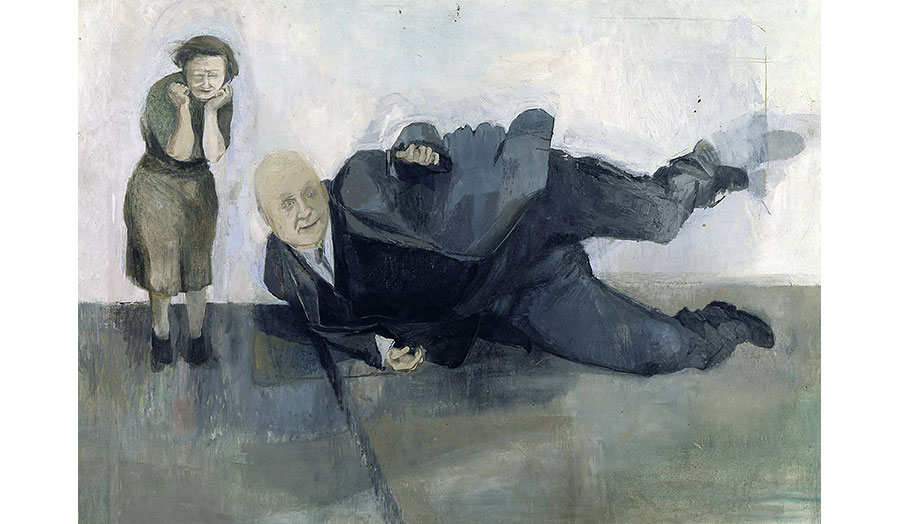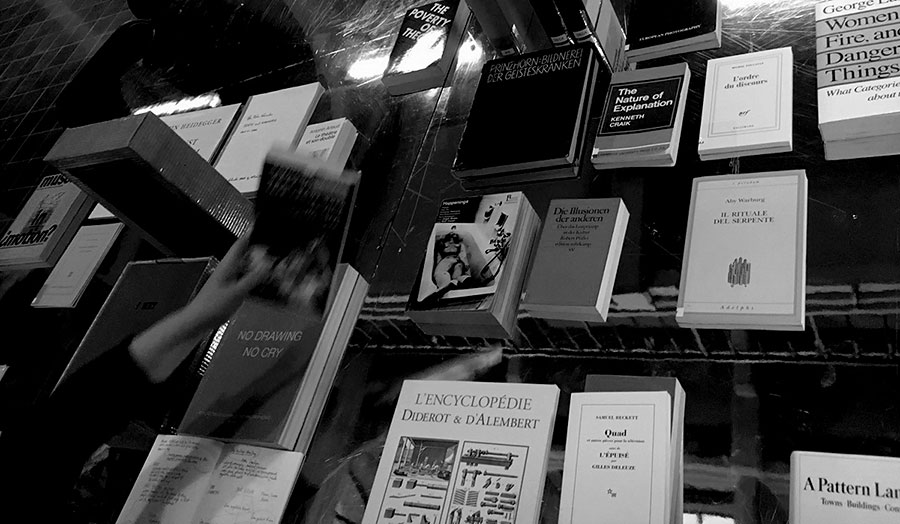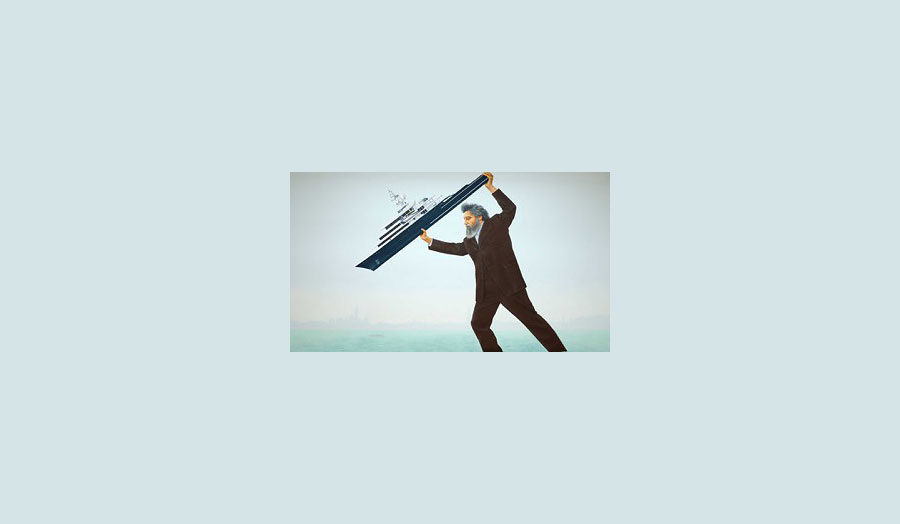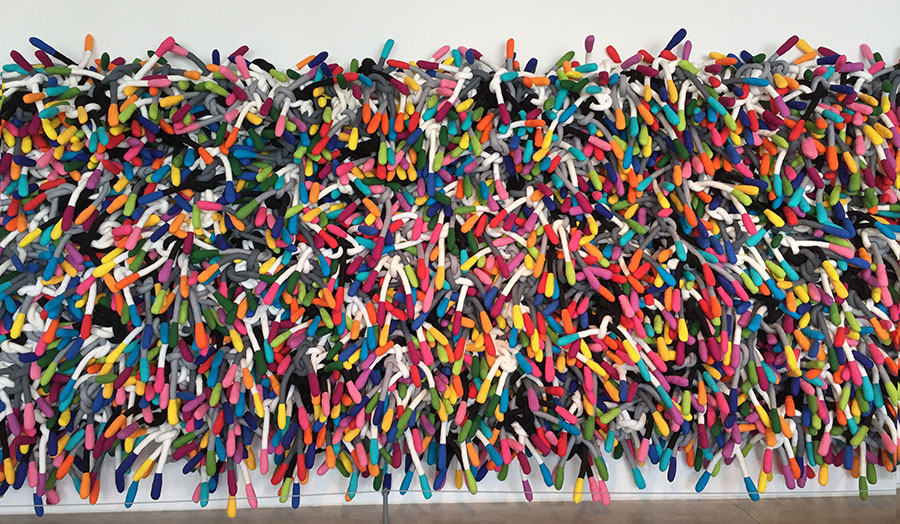Studio brief
"The highest wisdom would be to grasp that everything factual is already theory. The blue of the sky reveals to us the fundamental law of chromatics. Do not look for something beyond the phenomena; they are themselves the lesson."
Johann Wolfgang von Goethe, Wilhelm Meisters Wanderjahre, 1821.
This workshop will address some perennial problems of writing in the field of visual culture: how to adequately describe objects or images whose interest to us is primarily visual; what kind of knowledge of them is possible; what – if any – use can there be for a theory of visual artefacts and their interpretation.
The teaching will be organised as a series of exercises, each directed at a different aspect of the process by which an image is noticed, recognised, remembered, described, interpreted and evaluated. Above all, this workshop will seek to challenge a common academic assumption (even amongst art students!) that the former stages of this process are trivially easy (and therefore pass without reflection or comment) and that it is only the latter, 'theoretical' analysis which is worthy of intellectual effort. Indeed, it remains to be asked whether such matters happen in any particular order, or all at once, or perhaps in some altogether different kind of 'image time' that is quite unlike the order of words, sentences and paragraphs on a page. Nevertheless the craft of writing as witness to the experience of an image, the various institutional modes (eg art history vs art criticism) in which it has been practised, and the different kinds of visual attention they require (eg 'close' vs 'distant' readings) remain the practical concerns of this workshop.
Photographs, because of their ubiquity, and their currency as units of a kind of visual knowledge, will provide the main subject matter. However – and in sympathy with much contemporary photographic practice – the teaching methods of this workshop will not be based in any notion of medium specificity. Instead, an expanded notion of photography – including photographic images of other kinds of art – will furnish a suitable field of enquiry. This workshop should therefore be of interest to any student whose dissertation project entails the use of images as primary sources of information and objects of knowledge in themselves.
Preparatory exercise: The Scene of the Crime
The German critic Walter Benjamin described Eugène Atget's famous photographs of Paris as appearing like the 'scene of a crime', even though they were ostensibly taken for an entirely innocent purpose (architectural documentary).
Go to an exhibition of photographs in London (eg the current Gregory Crewdson exhibition at the Photographers' Gallery) and make some notes on one image as if recording evidence from a crime scene. Remember that any photograph shows far more things than its photographer intended to show, or even saw, at the time of its taking. Since you cannot describe everything, choose three or four things which might count as 'evidence' for something that happened out of sight, perhaps before or after the photograph was taken.
Reading List
- Michael Baxandall, The Language of Art History, published in New Literary History, Vol. 10, No. 3, Spring 1979.
- John Berger, Field (1971) in About Looking, London: Writers and Readers, 1980.
- Italo Calvino, Mr. Palomar (1983), London: Vintage Books 1999.
- James Elkins, What Photography Is, London: Routledge 2011.
- Vilem Flusser, Towards a Philosophy of Photography (1983), London: Reaktion Books, 2000.
- Carlo Ginzburg, Morelli, Freud and Sherlock Holmes: Clues and Scientific Method, published in History Workshop Journal, vol. 9 issue 1, March 1980.
- Marvin Heiferman (ed. ), Photography Changes Everything, New York: Aperture 2012.
- Gotthold Ephraim Lessing, Laocoön: An Essay on the Limits of Painting and Poetry (1767) trans. E Frothingham, Dover Publications 2005.
- André Malraux, Museum Without Walls (1951) in The Voices of Silence: Man and His Art, Princeton: Princeton University Press 1978.
- Franco Moretti, Graphs, Maps, Trees: Abstract Models for a Literary History, London: Verso 2005.
- Robert Smithson, A Tour of the Monuments of Passaic, New Jersey (1967) published in Robert Smithson: The Collected Writings (ed. Jack Flam), Berkeley: University of California Press 1996.
- Frances Yates The Art of Memory (1966), London: Pimlico 1992.
Filmography
- L'Année Dernière à Marienbad (France-Italy 1961, Alain Resnais)
- Hubert Robert – A Fortunate Life (Germany 1997, Aleksander Sokurov)
- (nostalgia) (USA 1971, Hollis Frampton)
- The World as Will and Representation (USA 2005, Roy Arden)
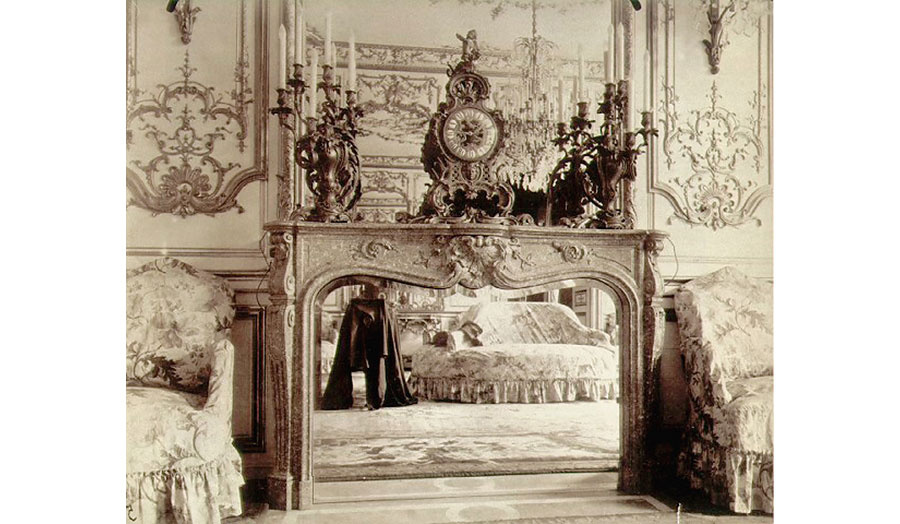
Details
| Tutor | David Howells |
|---|

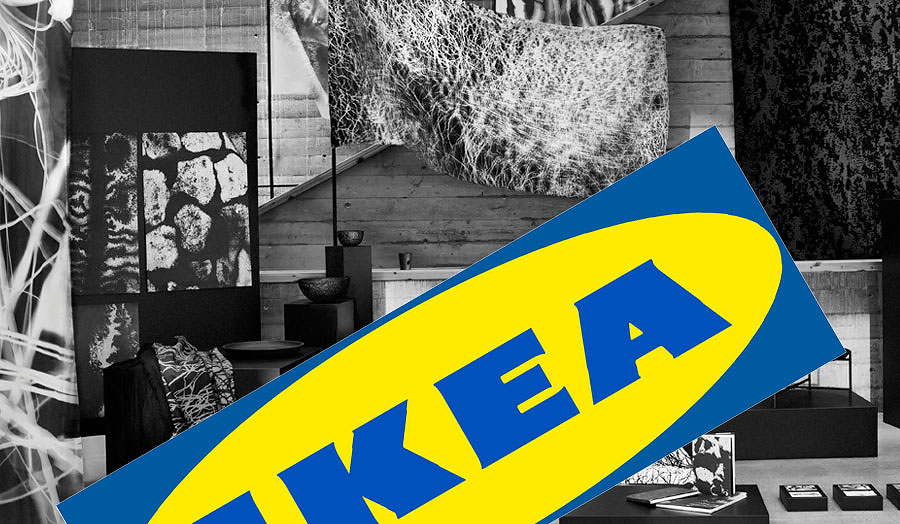
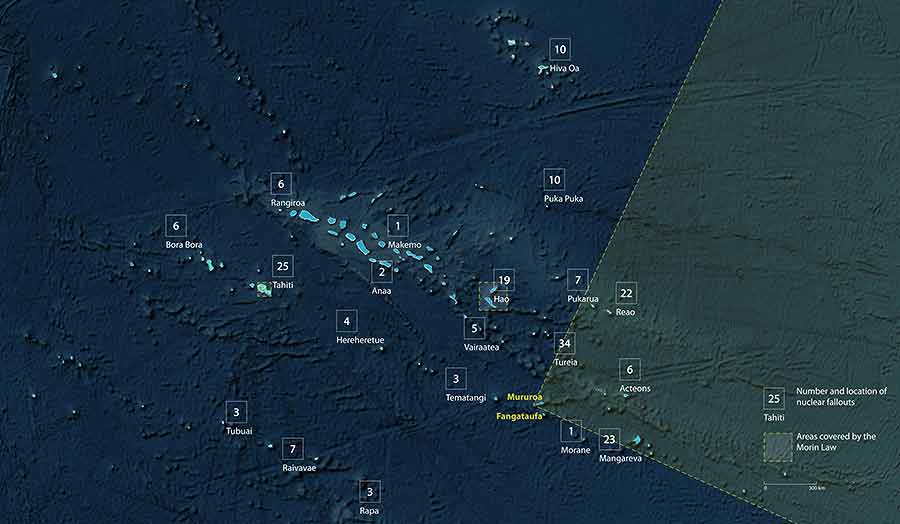
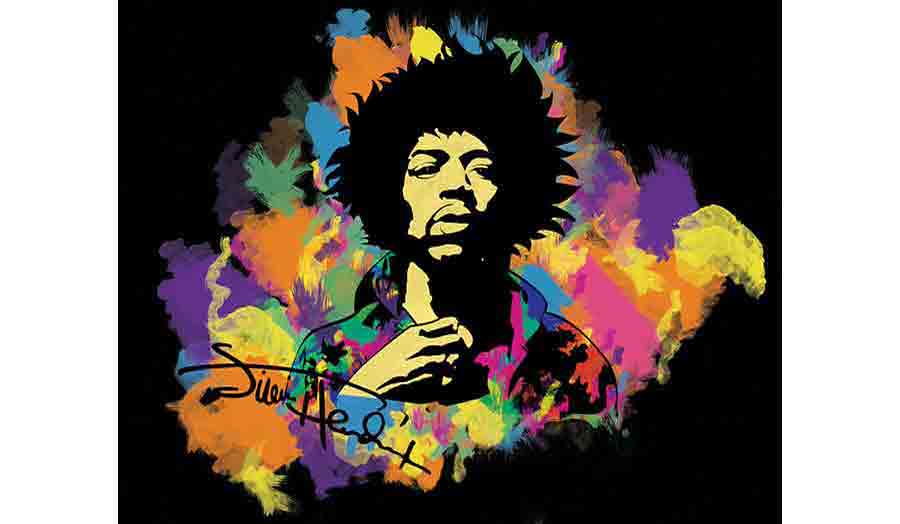
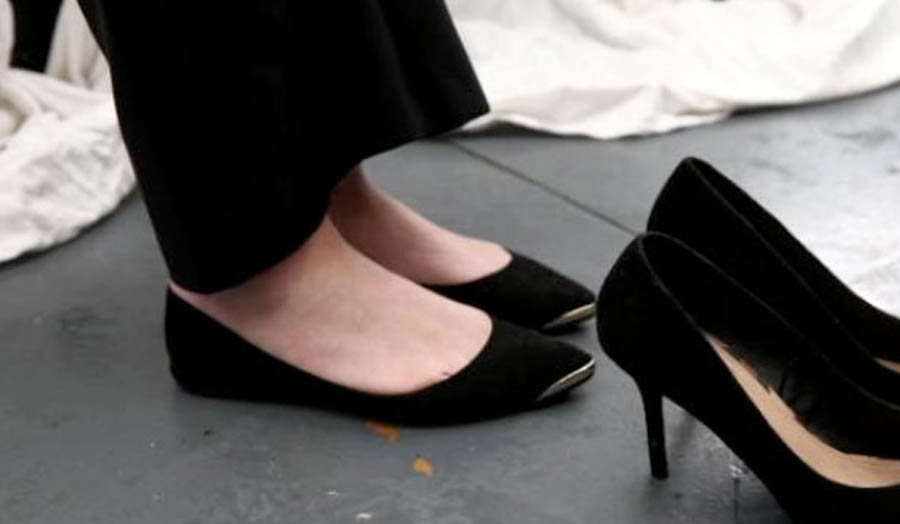
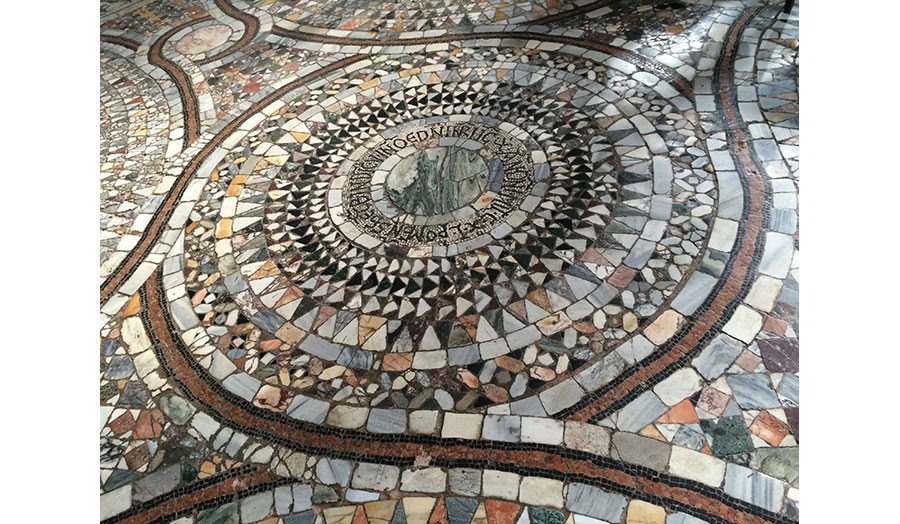
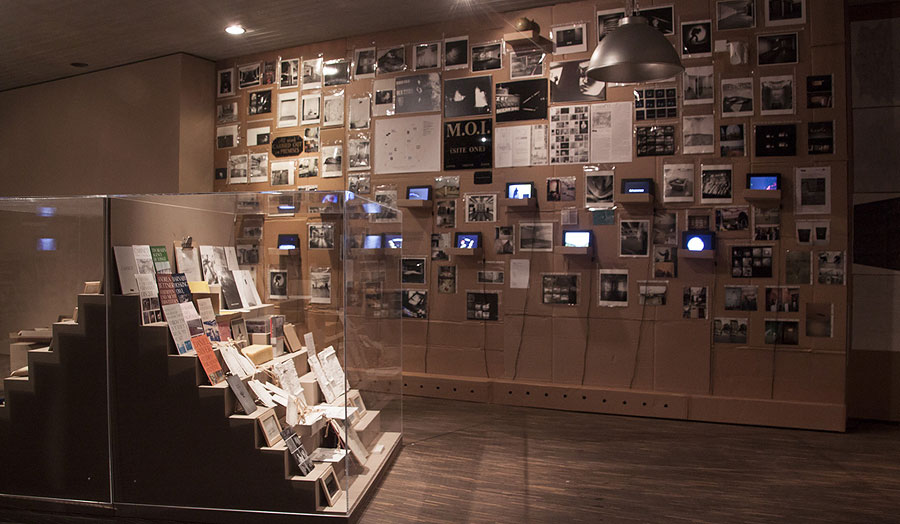
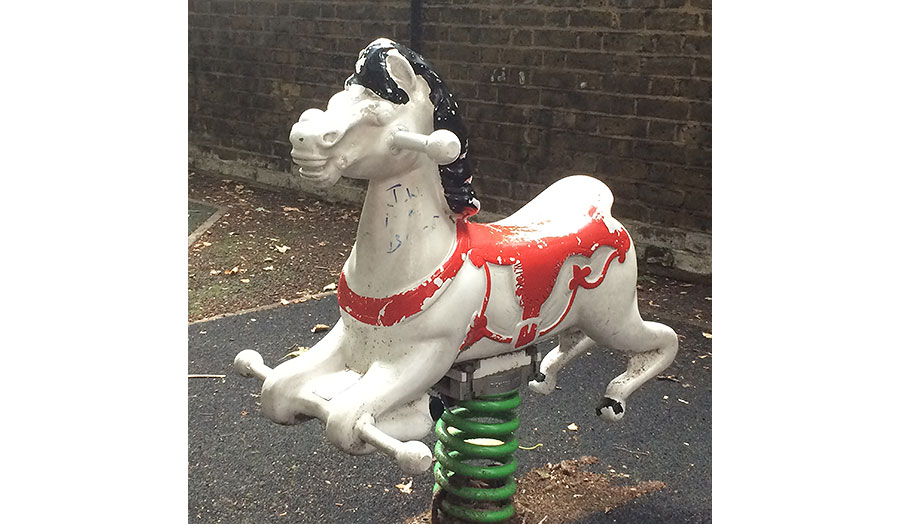
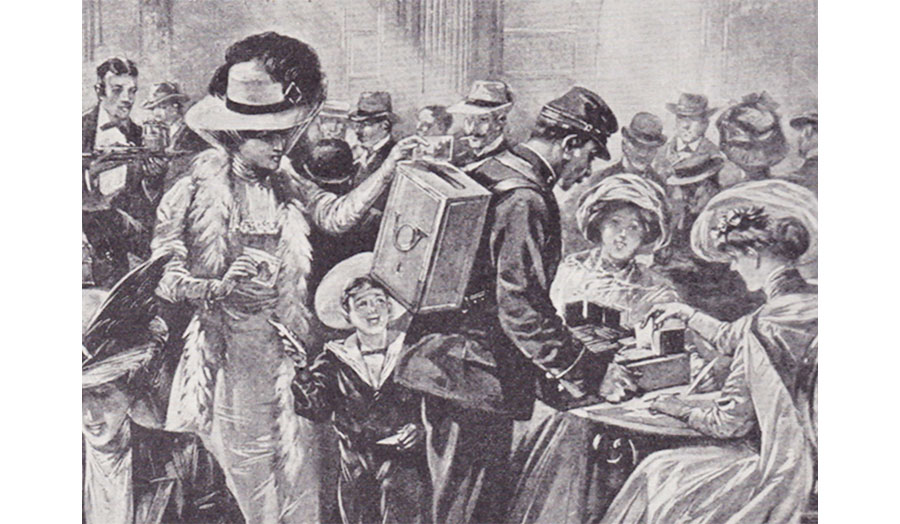
-(1).jpg)
